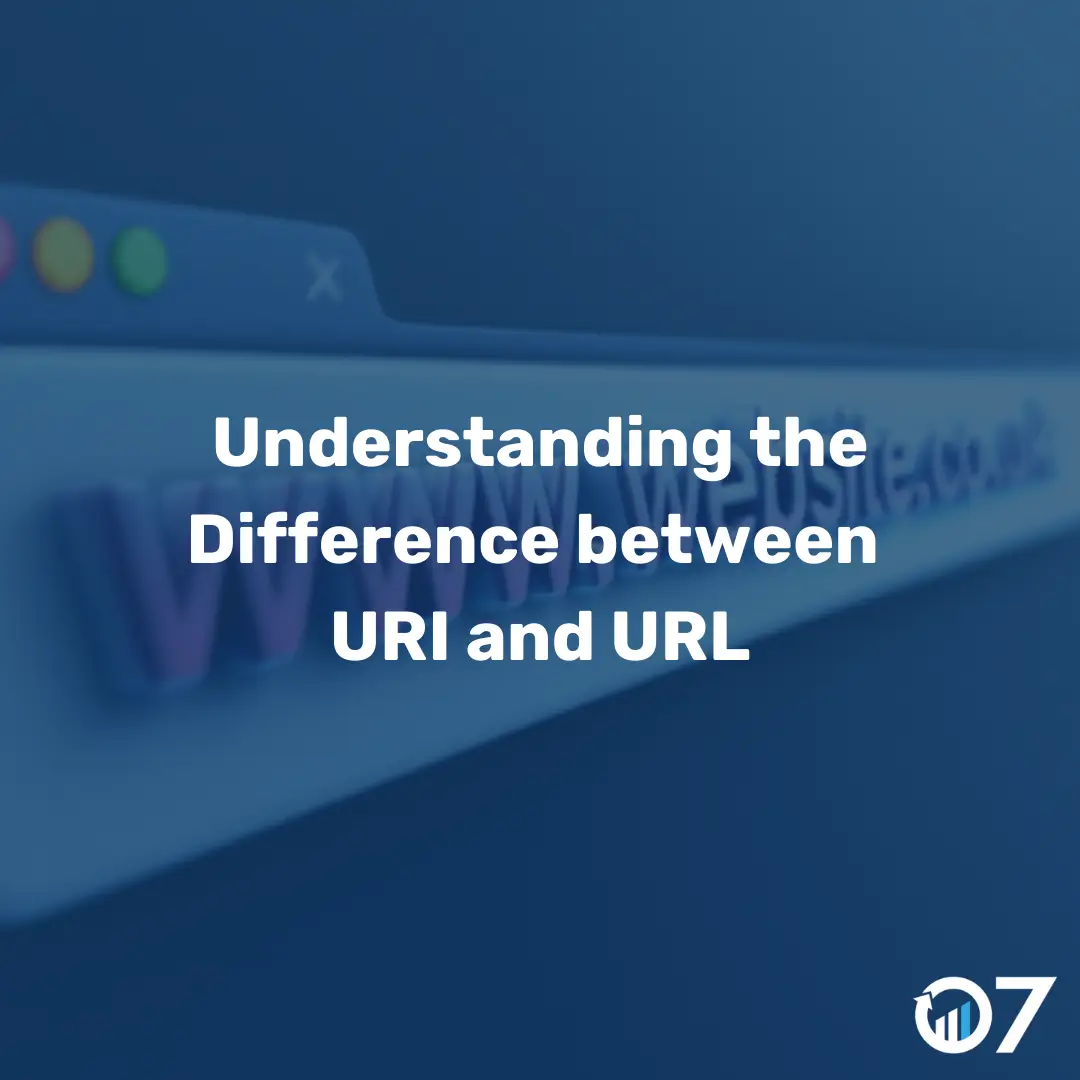Understanding the difference between URI and URL can help businesses improve their website structure and SEO. In this article, we will break down what each term means and how they impact your online presence.
What is a URI?
A URI, or Uniform Resource Identifier, is a string of characters that identifies a particular resource. This resource could be anything from a document to an image or even a service. Essentially, a URI is a way to name and locate resources on the internet.
Types of URIs
URIs can be classified into two main types: URLs and URNs. A URL, or Uniform Resource Locator, specifies the location of a resource on the internet. A URN, or Uniform Resource Name, specifies the identity of a resource without implying its location.
What is a URL?
A URL is a specific type of URI that provides the means to access a resource by describing its primary access mechanism, such as its network location. In simpler terms, a URL tells you where to find a resource and how to retrieve it.
Components of a URL
A typical URL consists of several components, including the protocol, domain name, and path. For example, in the URL https://07hm.co.uk, ‘https’ is the protocol, ’07hm.co.uk’ is the domain name, and any additional text after the domain would be the path.
How URIs and URLs Work Together
While all URLs are URIs, not all URIs are URLs. URIs provide a way to identify a resource, while URLs provide a way to locate and access that resource. Understanding the difference between URI and URL can help businesses organise and structure their websites more effectively.
Why Understanding the Difference Matters
Knowing the difference between URI and URL is crucial for several reasons. First, it helps in creating a more organised and user-friendly website. Second, it plays a significant role in SEO, as search engines use URIs and URLs to index and rank your site.
Impact on SEO
A well-structured URL can improve your site’s SEO by making it easier for search engines to understand the content of your pages. This can lead to better rankings and more organic traffic. For more information on SEO, visit our blog.
Best Practices for Using URIs and URLs
To maximise the benefits of URIs and URLs, follow these best practices:
- Use descriptive and meaningful names.
- Keep URLs short and simple.
- Use hyphens to separate words.
- Avoid special characters.
- Ensure your URLs are case-insensitive.
Common Mistakes to Avoid
Avoid these common mistakes when dealing with URIs and URLs:
- Using overly complex or long URLs.
- Failing to use redirects for moved content.
- Using underscores instead of hyphens.
- Not updating URLs in your sitemap.
Tools to Help You
Several tools can help you manage URIs and URLs more effectively. Tools like Google’s URL Inspection Tool and Screaming Frog can provide valuable insights into how your URLs are performing.
Conclusion: Understanding the Difference between URI and URL
Understanding the difference between URI and URL is essential for any business looking to improve its online presence. By knowing how to structure and use these identifiers, you can create a more user-friendly and SEO-optimised website.
For more insights and tips, visit our blog or contact us via email at info@07hm.co.uk or telephone at 01702 410663.





